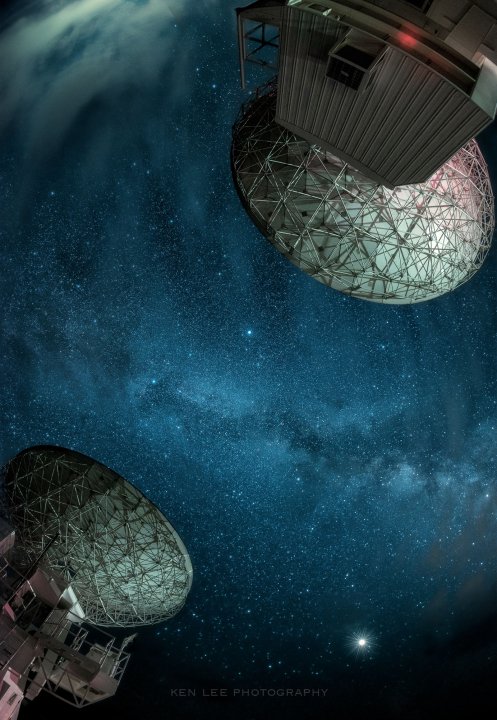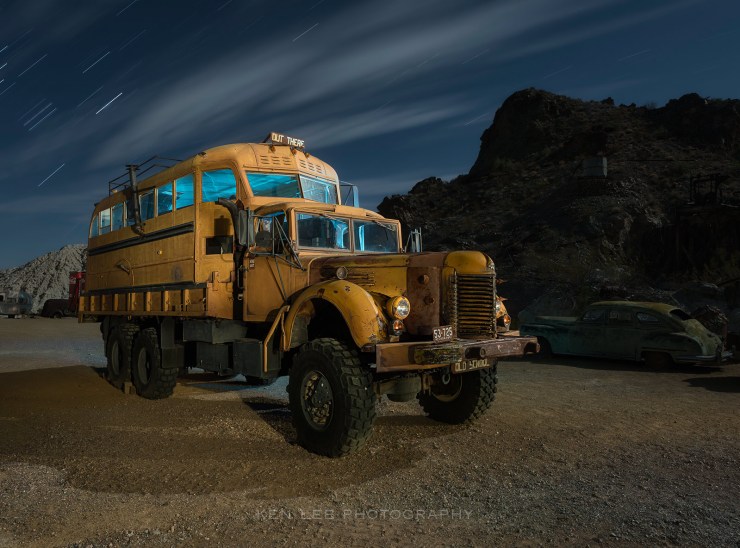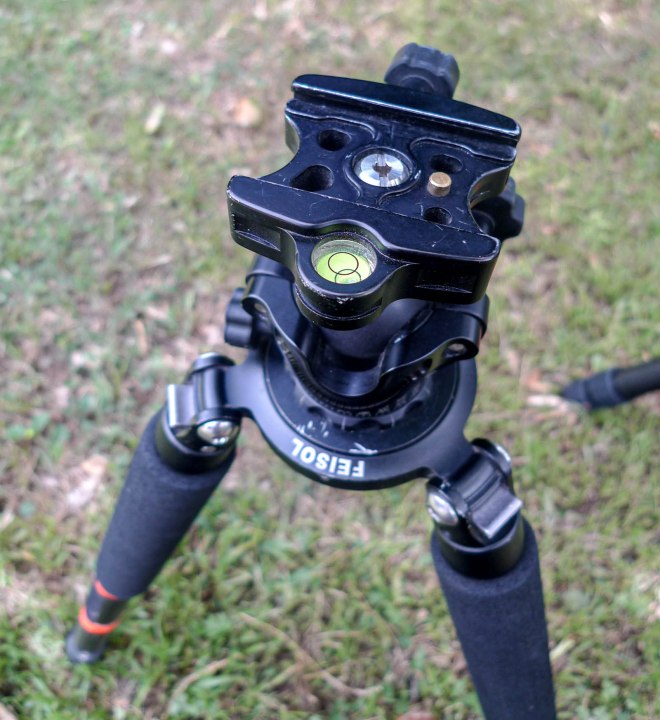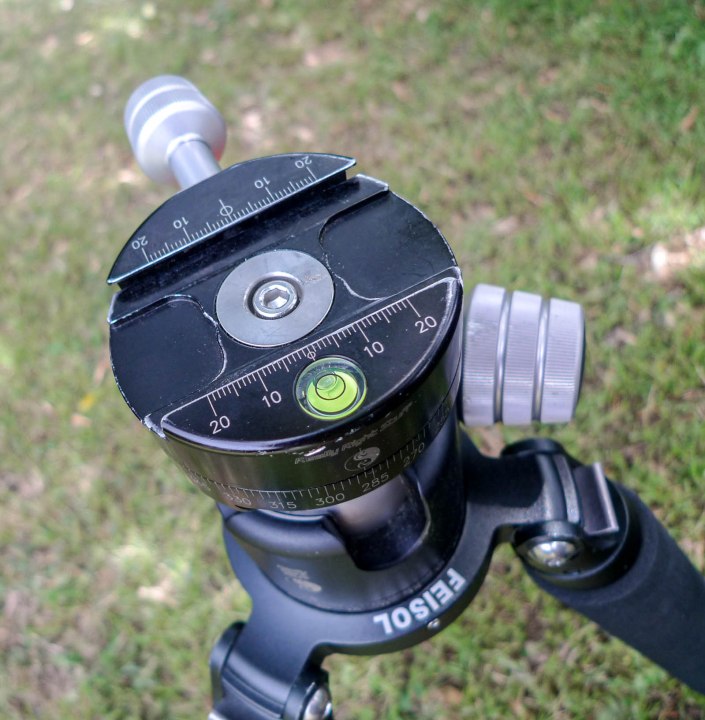I do long-exposure photography almost exclusively, so I look for specific qualities in ball heads. If I am adjusting the ball head in the dark for a series of photos for stacking for Milky Way photos or two-hour-long star trails, I want something easy to use and rock solid. We’ll go through my decision-making process together.

Deciding on a tripod head
There are numerous tripod heads. And much of this is a matter of preference and practicality.
A pan and tilt head separates horizontal, vertical and panning motions into three separate axes — often doing so precisely — and are popular for video. They often tend to be heavier. Some have handles. The few times I’ve used one with a handle for night photography, I’ve rammed my teeth on the handle. Maybe not.
A gimbal head moves fluidly and is great for tracking, making it popular for wildlife or sports photography. However, it seemed a little large and chunky and overdone for night photography.
I decided to look for a ball head. A ball head is relatively light and compact and would allow me to easily compose in either landscape or portrait modes, aiming the camera easily at various angles. Like tripods, I really wanted to purchase a quality ball head once and use it for many years to come. I purchased my ball heads over six years ago and am still happily using them, so I apparently didn’t choose too poorly!

Ball head features that are useful for night photographers
Stability
Above all, I wanted a ball head to be rock solid and not sag, vibrate or move and could accommodate a large amount of weight. After all, many of us night photographers use a heavy DSLR and ultra wide-angle lens combination.
Ease of operation
I did not want to use a headlamp every time I positioned the ball head in the dark, so this was also a must. I wanted easy-to-turn knobs that were logically placed.
Ball tension
I also wanted to have a separate tension knob where I could precisely dial in the amount of tension that I wanted. This is particularly helpful when adjusting the main ball head, as it provides enough tension so that it isn’t too tight requiring extra force when positioning, but not too loose so that you risk the camera flopping or have difficulty precisely positioning the camera.
Arca-Swiss quick release plate
My two cameras already had a special kind of quick-release plate called an L-bracket attached to them, all of which were Arca-Swiss compatible. I looked for a compatible mounting base that would easily let me open the clamp, slide the camera in and secure it easily.
I like using L-brackets because I can quickly adjust the camera to portrait or landscape mode. Sure, I could probably achieve portrait mode with a ball head by turning it on its side, but I felt this might introduce some instability, as I photograph frequently in high-wind areas in the desert. And the wind in the desert sometimes seems to gust out of nowhere!
Pan adjustment for panoramas
The pan adjustment is used to rotate the camera from left to right without adjusting the tilt at all. I was hoping to find a ball head that allowed me to easily pan in reasonably precise, smooth adjustments. I wanted to have this option. However, more than six years later, I still have not done a panorama. Someday, right?
What did I choose?
Because I had two cameras and was purchasing two tripods, I also purchased two ball heads.
Acratech GP-s ball head

I chose the Acratech GP-s because it was highly regarded, lightweight at less than a pound while still holding 25 pounds and relatively small. It seemed like a winner.
As a bonus, the GP-s could convert into a panoramic tripod head easily. You may position it upside down to function as a leveling base for panoramic photography, keeping everything parallel to the horizon. I also liked its smaller size, which could easily accommodate travel tripods without banging its pan knob against the tripod, and even allowing the tripod legs to fold over it. Sold!
Really Right Stuff BH-55

Although it might sound strange, the Really Right Stuff BH-55 is a beautiful-looking ball head that inspires confidence. I chose this for extra stability in high wind conditions, as it supports up to 50 pounds, easily accommodating large cameras with a heavy ultra-wide lens.
This does, however, weigh 1.9 pounds, almost twice as much as the Acratech. That said, I do love the large locking knob. I have large hands, so this really feels comfortable, although I should mention that the Acratech ball head has a scalloped clamping knob. Although smaller, it’s extremely easy to grip, so having a large locking knob doesn’t matter so much.
Choosing by time traveling
If I could go back in time and choose again, I would likely choose to purchase two Acratech GP-s ball heads. I love the BH-55, don’t get me wrong. But the GP-s ball head is so stable and easy to use that I don’t feel I need the extra weight and beefiness of the other. But really, I have no regrets! I love them both.
An interesting ball head for today
Today, if I were looking for a ball head, I would have a close look at the Platyball Elite from Platypod. Why? This intriguing ball head has an “upside down” ball head design, placing the panning turntable on the top instead of the bottom, making it far easier for us to pan cameras in a straight line even if the tripod legs themselves are not perfectly level.
But there’s more. You may notice that I never mentioned bubble levels as one of the features I was looking for in a ball head. That’s because they’re almost impossible to see, not only because I shoot in the dark but also because they are frequently poorly positioned. The Platyball Elite uses a backlit electronic leveling system not terribly unlike what you might see in a digital camera. This uses an A23 alkaline battery for power and works in any orientation, also offering three brightness levels. Although I could do without one more item that requires a battery, this is such a useful feature that I might make an exception!
Tell your story with the second annual Visual Storytelling Conference!
Experience four days of interactive, online training sessions featuring a range of educational content with experienced photographers and content creators. This free event kicks off with a series of technical boot camps to build essential skills, followed by live, online sessions on photography, video, business and social media. Join live from March 10-13, 2022!
